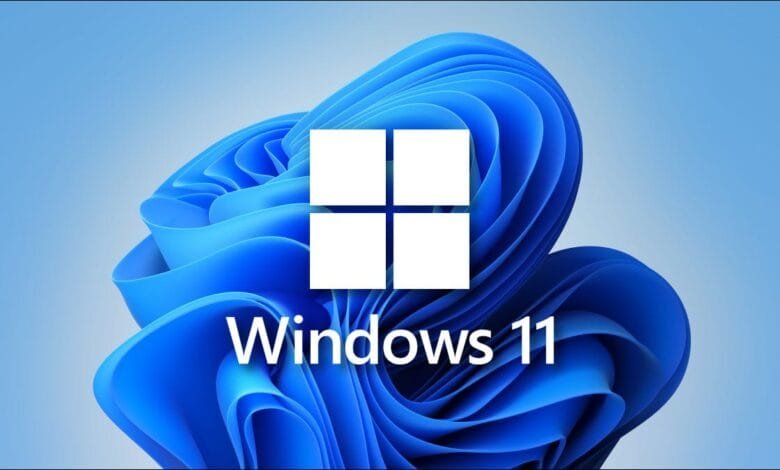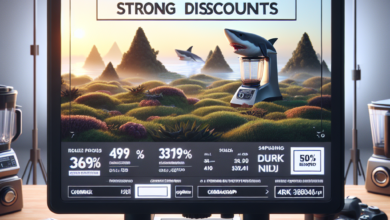Adding New Submenus to Windows 11’s Desktop Context Menu

Windows 11 offers a range of customization options to enhance the user experience. One such customization feature is the ability to add new submenus to the desktop context menu. This allows users to access frequently used applications, files, and folders with just a right-click on the desktop. In this article, we will explore how to add new submenus to Windows 11’s desktop context menu and discuss the benefits it brings.
Step 1: Editing the Registry
The first step to adding new submenus is to edit the Windows Registry. The Registry is a hierarchical database that stores configuration settings and options for the operating system and installed applications. It is important to note that modifying the Registry can have unintended consequences, so it is recommended to create a backup before proceeding.
To access the Registry Editor, press Win + R to open the Run dialog box, type regedit, and hit Enter. Once the Registry Editor is open, navigate to the following key:
HKEY_CLASSES_ROOTDirectoryBackgroundshell
Here, you can create new keys for your submenus. Right-click on the shell key, select New, and then Key. Give the key a name that represents the submenu you want to add.
Step 2: Adding Commands to the Submenu
After creating the submenu key, you need to add commands to it. Right-click on the newly created key, select New, and then Key again. Give this key a name that represents the command you want to add to the submenu.
Next, double-click on the (Default) value within the command key and enter the desired name for the command. This name will be displayed in the context menu. Additionally, you can modify the Icon value to specify a custom icon for the command.
To add functionality to the command, right-click on the command key, select New, and then Key. Give this key a name such as command. Double-click on the (Default) value within the command key and enter the path to the executable file or script that should be executed when the command is selected.
Step 3: Refreshing the Context Menu
Once you have added the submenus and commands, you need to refresh the context menu for the changes to take effect. To do this, open the Task Manager by pressing Ctrl + Shift + Esc. In the Task Manager, locate the Windows Explorer process, right-click on it, and select Restart. This will refresh the context menu, and you will be able to see your new submenus and commands when you right-click on the desktop.
Benefits of Adding New Submenus
Adding new submenus to Windows 11’s desktop context menu offers several benefits:
- Improved productivity: By adding frequently used applications, files, and folders to the context menu, you can access them quickly without navigating through multiple folders.
- Customization: The ability to add submenus allows you to organize your applications and files in a way that suits your workflow, making it easier to find and launch them.
- Streamlined workflow: With the context menu, you can perform common tasks with just a right-click, reducing the need to open multiple windows or applications.
By following the steps outlined in this article, you can enhance your Windows 11 experience by adding new submenus to the desktop context menu. This customization feature not only improves productivity but also allows for a more personalized and efficient workflow. Take advantage of this functionality to tailor your desktop to your specific needs and preferences.
Windows 11 Offers a Versatile and User-friendly Experience
Windows 11’s desktop context menu can be customized by adding new submenus. By editing the Windows Registry, adding commands, and refreshing the context menu, users can enhance productivity, customize their desktop, and streamline their workflow. Adding new submenus allows for quick access to frequently used applications, files, and folders, improving efficiency and personalization. With the ability to tailor the desktop context menu to individual needs, Windows 11 offers a versatile and user-friendly operating system experience.




